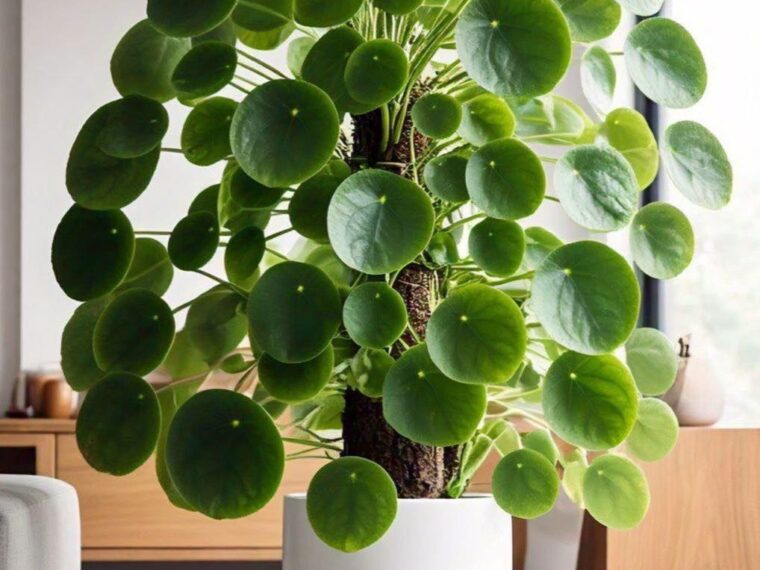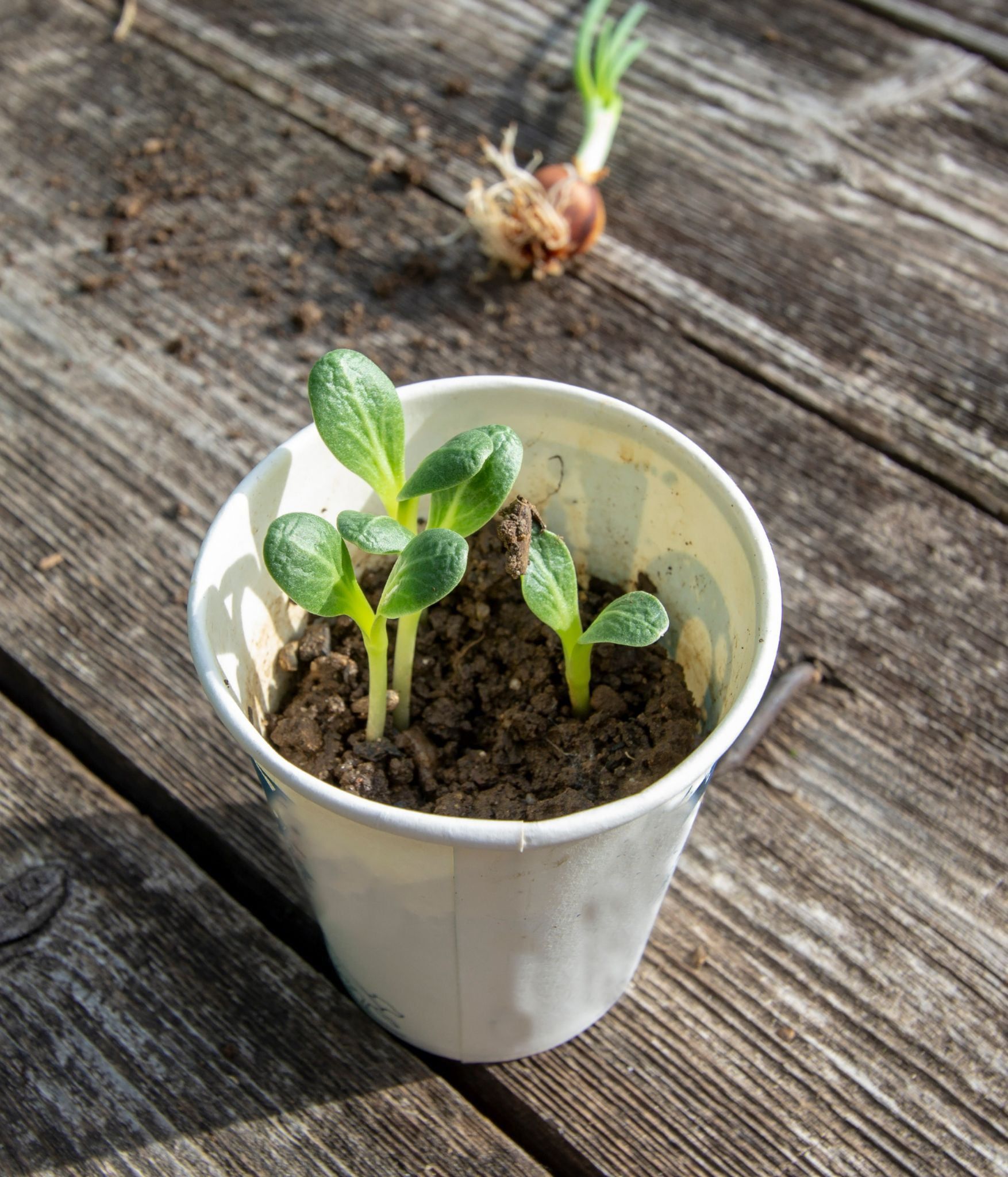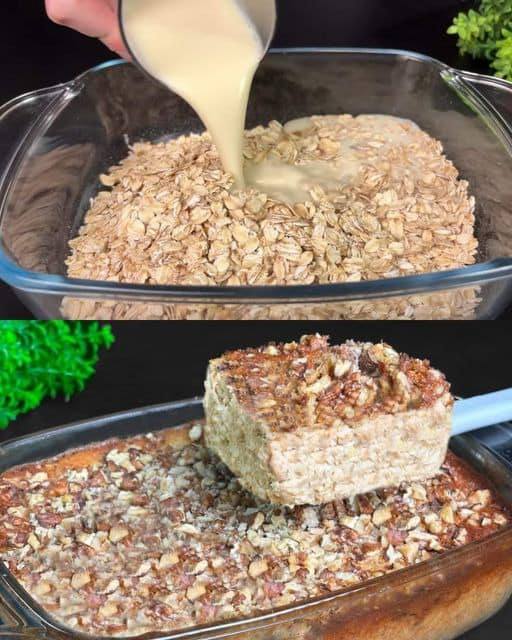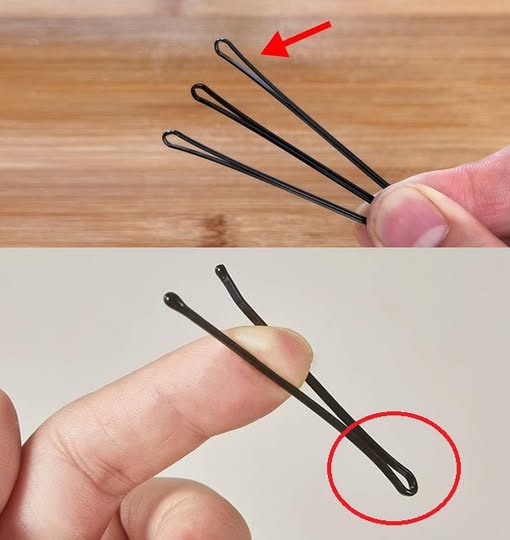Overwatering or underwatering your Pilea can slow growth or cause leaf drop—both of which prevent bushiness.
Best Practices:
- Water only when the top 1–2 inches of soil feels dry.
- Use a pot with drainage holes to prevent soggy roots.
- Empty the saucer after watering to avoid root rot.
- In winter, reduce watering frequency as growth slows down.
Signs of watering imbalance:
- Yellowing leaves = overwatering
- Crispy, brown leaf edges = underwatering or low humidity
🌱 5. Propagate and Replant the Offshoots (“Pups”)
One of Pilea’s most charming traits is its tendency to produce pups—small baby plants that grow at the base or off the roots of the main plant.
What to Do:
- Don’t remove all the pups.
- Let some mature in the same pot to fill out the base and give a naturally bushy appearance.
- You can remove and replant others to create new plants (or give them as gifts).
How to Replant Pups:
- Wait until the pup has at least 2–3 leaves and is about 2–3 inches tall.
- Gently dig around the pup to expose the connecting root.
- Cut the root with a sterile blade and place the pup in moist potting mix.
This technique helps you shape your Pilea over time, allowing for a fuller look that isn’t just about one central stem.
🔄 6. Repot Every 1–2 Years
Pilea thrives when slightly root-bound, but repotting is important to refresh the soil, provide nutrients, and give room for new roots and pups to grow.
How to Repot:
- Choose a pot that’s 1–2 inches wider than the current one.
- Use a light, well-draining mix: equal parts potting soil, perlite, and coconut coir or peat moss.
- Best done in spring or early summer, when the plant is in active growth mode.
Don’t overpot—a container that’s too large can retain too much water and stress the plant.
🧪 7. Fertilize Moderately for Healthier Growth
Over-fertilizing can harm your Pilea and encourage weak, leggy growth.
Best Fertilizer Strategy:
- Use a balanced liquid fertilizer (like 10-10-10 or 20-20-20) diluted to half strength.
- Apply once a month during spring and summer.
- Avoid feeding in winter, when the plant is semi-dormant.
Tip: If your plant seems healthy but not growing quickly, a dose of seaweed extract or fish emulsion can offer a gentle nutrient boost.
💡 8. Bonus Tips for Even Bushier Growth
🧼 Clean the Leaves
Dust blocks sunlight and reduces photosynthesis. Gently wipe leaves with a damp microfiber cloth every 1–2 weeks.
💨 Mind the Airflow and Temperature
Pilea prefers:
- Moderate humidity (40–60%)
- Room temperature (65–75°F / 18–24°C)
- Good air circulation, but no cold drafts or direct A/C airflow
If your air is dry, mist lightly or place the plant near a humidifier.
🛠️ 9. Advanced Technique: Notching
If you want to induce branching without pinching the top:
Try Notching:
- Use a sterile blade to make a shallow horizontal cut about ⅓ into the main stem, just above a leaf node.
- This disrupts auxin flow and encourages a new branch to grow from that node.
- Works best on mature stems (6 months or older).
🔁 Combine notching with bright light and fertilization for best results.
🧩 10. Troubleshooting Common Pilea Problems
| Problem | Cause | Solution |
|---|---|---|
| Leggy, sparse growth | Not enough light | Move to brighter location |
| Yellowing leaves | Overwatering or poor drainage | Check soil moisture and drainage |
| Brown leaf tips | Dry air or underwatering | Increase humidity, adjust watering |
| Leaves drooping | Sudden temperature change or thirst | Check for drafts, water if needed |
| No pups appearing | Young plant or low nutrients | Be patient or fertilize lightly |
✅ Conclusion: From Skinny to Stunning
To grow a bushier, fuller Pilea Peperomioides, focus on:
- ✂️ Topping and pruning strategically
- ☀️ Providing consistent bright light
- 🌱 Letting pups grow in the same pot
- 💧 Balancing watering and nutrition
- 🔄 Repotting and refreshing the soil
With a little patience and the right care routine, your Pilea will reward you with a lush, rounded shape that looks beautiful from every angle—a true statement piece for any home or office.





